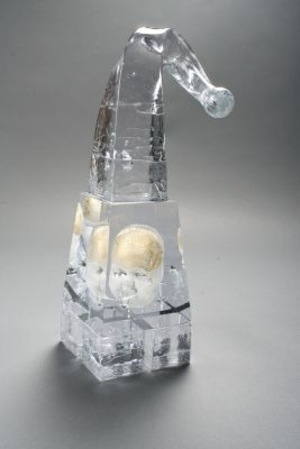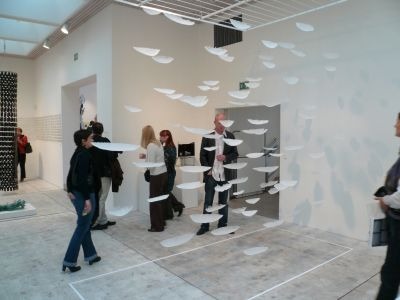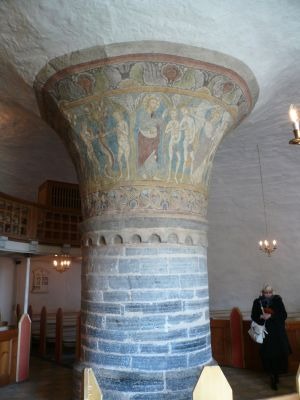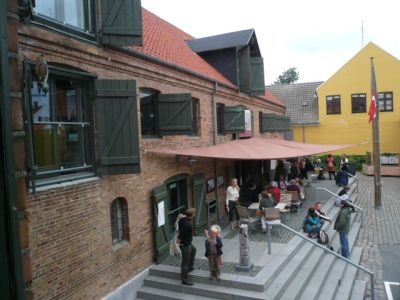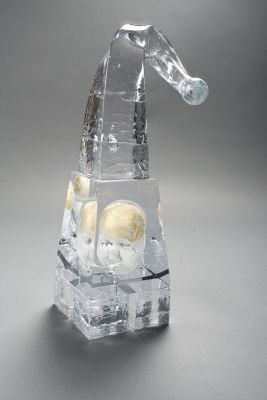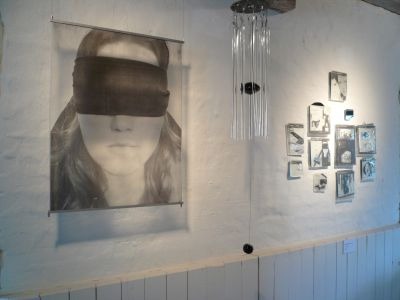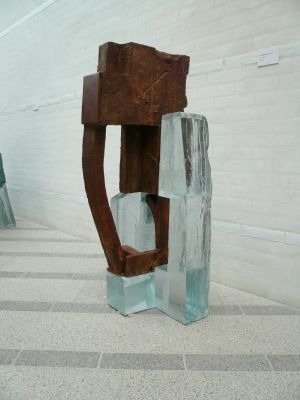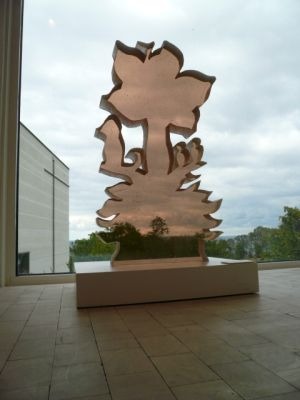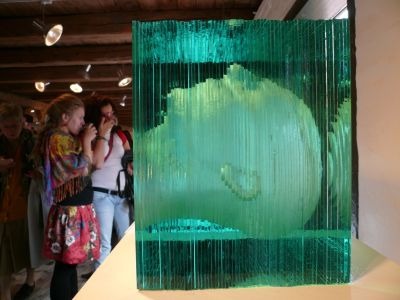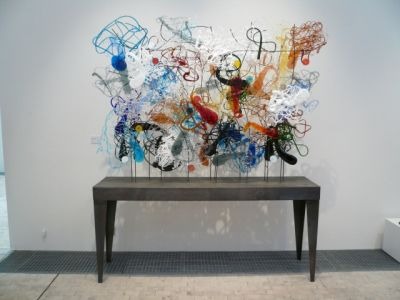BORNHOLM – KINGDOM OF GLASS AND CERAMICS ART 0
(Impressions)
Raimonda Kogelytė - Simanaitienė
www.kamane.lt, 2008 09 21
Nylars Romanesque church in Bornholm from the outside .
Nylars Romanesque church in Bornholm from the inside.
Moment of opening the young artists and designers' glass exhibition at Hasle Exhibition Gallery.
Work "Dream II“ presented in the exhibition of Valmantas Gutauskas.
Julija Pociūtė's gass works exhibited at Hasle Exhibition Gallery.
Sculpture "Transformer“ of the German artist Wilken Skurk.
Work of a French artist Didier Tisseyre "Transe“.
Work of a Slovakian artist Martin Muranica "Sleeping Man“.
Work of a Finnish artist Markku Salo "Action Stories".
Space composition of a Slovenian artist Tanja Pak "Undulations – Again“.
In brief: A monumental project of glass art European Glass Context 2008 was launched in Bornholm island of Denmark in September – it will last until October 19. The island of Bornholm is famous as the international centre of contemporary glass and ceramic art for the last decades. This place is known for organisation of workshops, various symposiums and mastery courses.
Back in 1993 such recognised Lithuanian stained-glass and glass artists as Algirdas Dovydėnas, Remigijus Kriukas, Valmantas Gutauskas, Vygantas Paulauskas, Arūnas Daugėla and many others improved their skills in workshops of Bornholm.
Also, it is natural that international biennials taking place in Bornholm initiate important creative impulses, reflect development tendencies of newest aforementioned art fields. European Glass Context 2008 may be attributed to very important recent events of Bornholm.
The project European Glass Context 2008 consisted of 5 parts: two international exhibitions, a scientific conference, creative glass workshop and exhibition of technical novelties of glass processing and equipment. Organisers of the European Glass Context 2008 invited artists of the EU as well as Iceland, Norway and Switzerland to participate in the project events.
Each of the countries should have been introduced by not more than 6 authors – professionals of glass art whose works should have fallen into one of 3 categories: Established Artists, Emerging Artists, Industrial Design. Also, students representing schools preparing glass artists in Europe were invited to practical seminars in glass workshops.
The project took place in various locations of Bornholm island: works of famous artists were exhibited in Bornholm Art Museum located near Gudhjem and works of young authors and glass designers – at Hasle Exhibition Gallery.
The Lithuanian glass collection was formed of examples of the most important glass technologies and fields of our country (stained-glass, glass sculpture, conceptual direction, glass design). Works of 5 Lithuanian authors were exhibited in Bornholm - Eimutis Markūnas, Valmantas Gutauskas, Indrė Stulgaitė, Julija Pociūtė, Edmundas Unguraitis. Students of Vilnius Art Academy, Kaunas Art Faculty, were participating in the creative workshops as well.
Generalising the peculiarities of the formal expression in glass, one should notice that sculptural plastic prevails in contemporary glass art, and it gives place to fragile, space sculptures of installation nature or to conceptual compositions gradually.
The organisers wanted to give prominence to the national identity and school in the project. Speaking about this point, the expositions remained rather silent about this topic. Nonetheless, there were several exceptions. Collections of several countries stood out from the general context brightly. Such were the literary, romantic, sentimental but elegant works of French artists, and the precise, rather cold, abstract works of Czech and Slovakian artists.
One more peculiarity was the striving to separate applied and artistic position and to consolidate the new expression. This was testified by various features. The first could be the method of forming exhibition: utilitarian, industrial glass was strictly separated in exhibition, works of design type were shown in one hall.
The second feature was the discussion in the conference on contemporary glass art problems on the topic whether studio glass has not become a disincentive for birth of free, post-modern works. The third feature emphasising the direction of glass art going post-modern was the workshop of young glass artists during which game became the purpose while creating theatrical actions and using glass material in them.
More information on the project, participating authors and organisers may be found at the address www.glass08.com.
